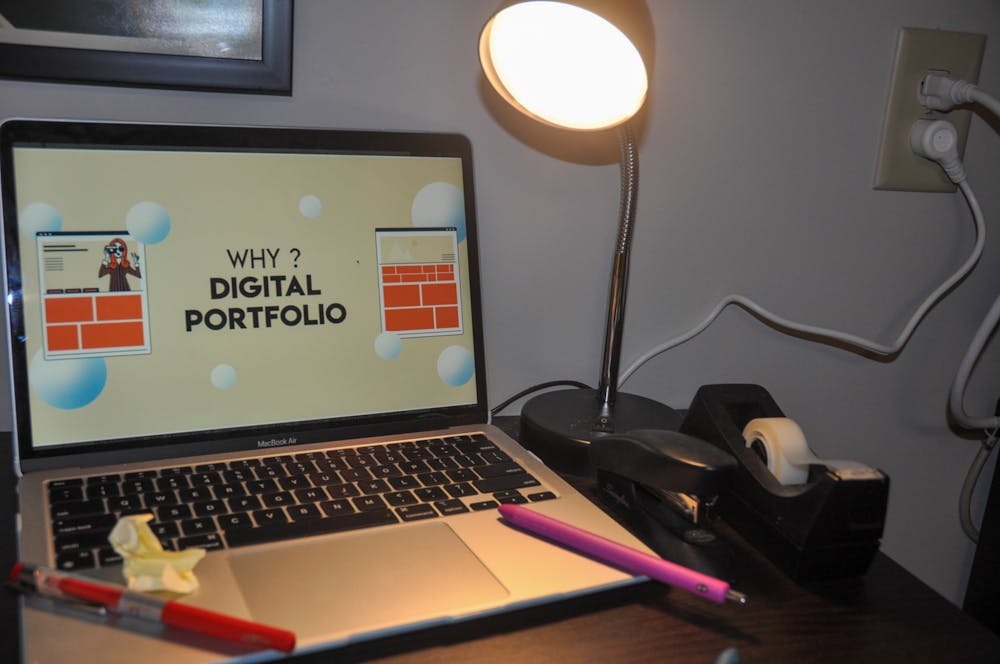Pursuing a job is about convincing hiring managers of your qualifications — not just your qualifications themselves.
Particularly in creative fields, personal branding has emerged as one such way to catch an employer's eye. As digital media becomes an increasingly integral part of our lives, digital portfolios and “safe for work” social media accounts open up new arenas for personal branding. This has resulted in branding becoming a standard, as opposed to a supplement.
However, personal branding is often times inaccessible, is potentially an inaccurate indicator of candidate quality and has potentially negative social and cultural consequences.
For one, purchasing a personal website domain to display portfolios or writing samples can be expensive and an annual commitment. When developing one’s visual branding components, software to create logos and headers also tends to cost monthly fees. For instance, Adobe Photoshop costs $20.99 a month. Furthermore, the ability to operate such programs requires knowledge, time and resources that many individuals don’t have access to.
Even when someone is able to use visual production software, becoming certified in those aforementioned programs presents another barrier to proficiency. An Adobe certification exam costs $65-$80 — and most certifications expire after a short 90 days.
Due to multiple roadblocks to create successful branding elements, many have opted to hire professionals to do the job instead. Graphic designers can create visual branding components while proofreaders polish resumes and writing samples. After all, a website built by a proficient software user, with graphics and illustrations completed by graphic designer and a resume reviewed by an expert will undoubtedly perform better than one created by an amateur — regardless of the quality of the work being displayed on the website itself.
Personal branding is a privilege many cannot afford, and it cannot be guaranteed to be linked to the quality of a candidate. And the potential pitfalls of personal branding don’t stop there.
The concept of personal branding inherently toes the line of professional and personal, as it encourages one to pick the most “acceptable” elements of themselves to express while suppressing others. However, as that concept leaks from professional websites over to social media apps it plays a more influential role in our daily lives, and this performance of acceptability has the potential to impact us in a drastic way.
Because the global workforce is based on historic marginalization and discrimination of minority groups, choosing the most “professional” version of oneself often involves masking one’s identity — should it include a marginalized group.




